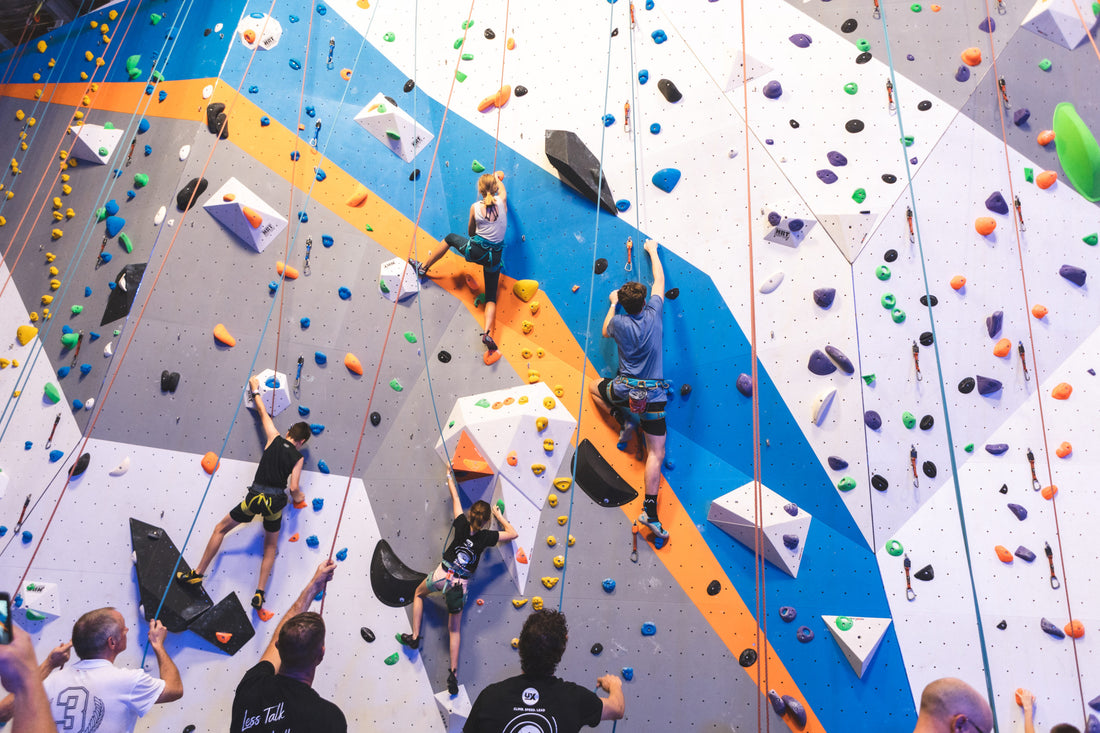
From Hobby to Sport: The Evolution and Expansion of Rock Climbing
Rock climbing has undergone a remarkable transformation over the past few decades, evolving from a niche hobby to a globally recognized sport. This evolution has been fueled by technological advancements, increased accessibility, and the sport's inclusion in prestigious competitive events such as the Olympics. Here's a comprehensive look at how rock climbing has grown and expanded.
Historical Roots and Early Developments
Rock climbing's roots can be traced back to the late 19th and early 20th centuries when it was primarily a pursuit of mountaineers and adventure seekers. Early climbers relied on rudimentary equipment and techniques, focusing more on exploration and conquering new heights than on athletic competition.
Technological Advancements and Safety Improvements
The development of modern climbing equipment has been pivotal in transforming rock climbing from a dangerous pastime into a safer, more accessible sport. Innovations such as dynamic ropes, harnesses, climbing shoes, hangboard and protective gear have significantly improved safety, enabling climbers to push their limits with greater confidence.
Rise of Indoor Climbing Gyms
The establishment of indoor climbing gyms has democratized the sport, making it accessible to urban populations and individuals who may not have easy access to natural climbing locations. These gyms provide a controlled environment where beginners can learn the basics and experienced climbers can hone their skills year-round. The rise of indoor climbing has contributed to a significant increase in participation rates, particularly among younger demographics.
Competitive Climbing and the Olympic Debut
Rock climbing's inclusion in the Tokyo 2020 Olympics marked a milestone in its evolution from a recreational activity to a competitive sport. The Olympics showcased three climbing disciplines: lead climbing, speed climbing, and bouldering. This global platform introduced rock climbing to a broader audience and cemented its status as a legitimate competitive sport.
Market Growth and Industry Expansion
The rock climbing equipment market has experienced substantial growth in recent years. The market was valued at $398 million in 2023 and is projected to reach $575.9 million by 2030, with a compound annual growth rate (CAGR) of 5.5% during this period. This growth is driven by the increasing popularity of the sport, advancements in equipment technology, and the expansion of climbing gyms worldwide.
Health and Fitness Benefits
Rock climbing is recognized for its numerous health and fitness benefits, including improved cardiovascular health, muscle strength, flexibility, and mental focus. These benefits have contributed to its popularity as a holistic fitness regimen, attracting a diverse group of participants from various age groups and backgrounds.
Community and Culture
The rock climbing community has grown into a vibrant and supportive culture, characterized by a strong sense of camaraderie and mutual respect among climbers. This community aspect has been fostered through climbing competitions, festivals, and social media, further enhancing the sport's appeal and accessibility.
Future Outlook
The future of rock climbing looks promising, with continued growth expected in both participation and market size. Technological advancements in equipment design, the expansion of indoor climbing facilities, and the increasing recognition of the sport's health benefits are all factors that will drive its ongoing evolution and expansion. Additionally, sustainable practices in equipment production and the promotion of environmental stewardship within the climbing community will play crucial roles in shaping the sport's future.
Conclusion
From its humble beginnings as a mountaineer's hobby to its current status as a globally recognized sport, rock climbing has come a long way. The evolution and expansion of rock climbing reflect broader trends in sports and recreation, highlighting the importance of accessibility, safety, and community. As rock climbing continues to grow, it will undoubtedly inspire new generations of climbers to scale new heights and push the boundaries of what is possible.
